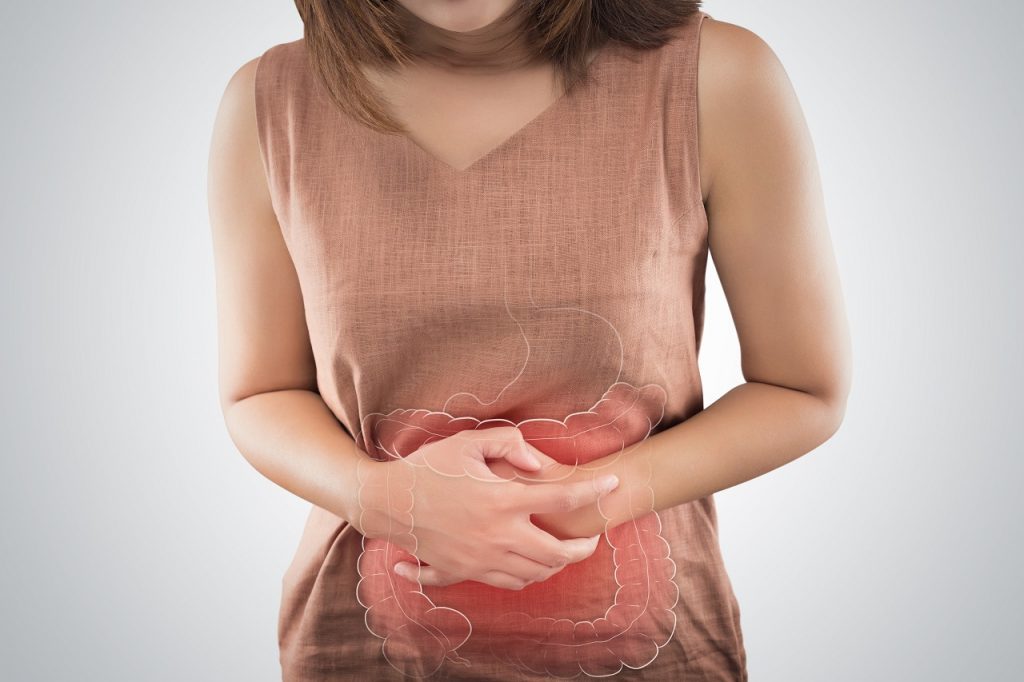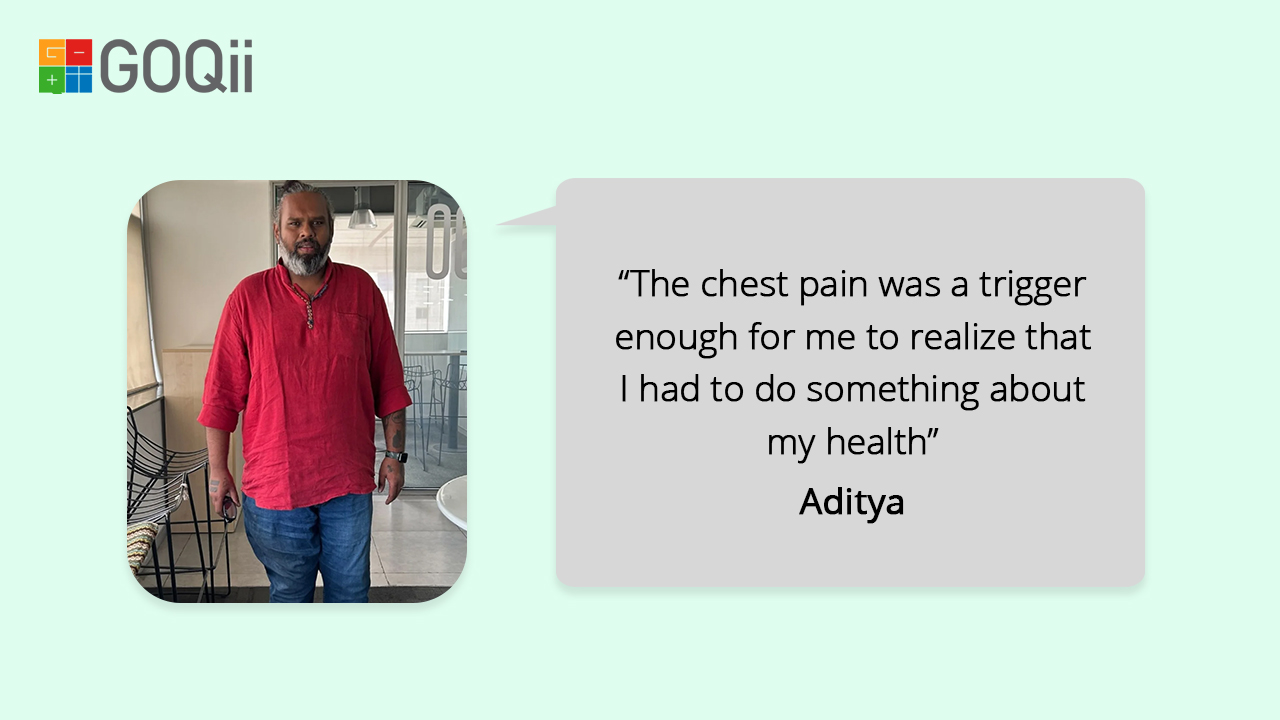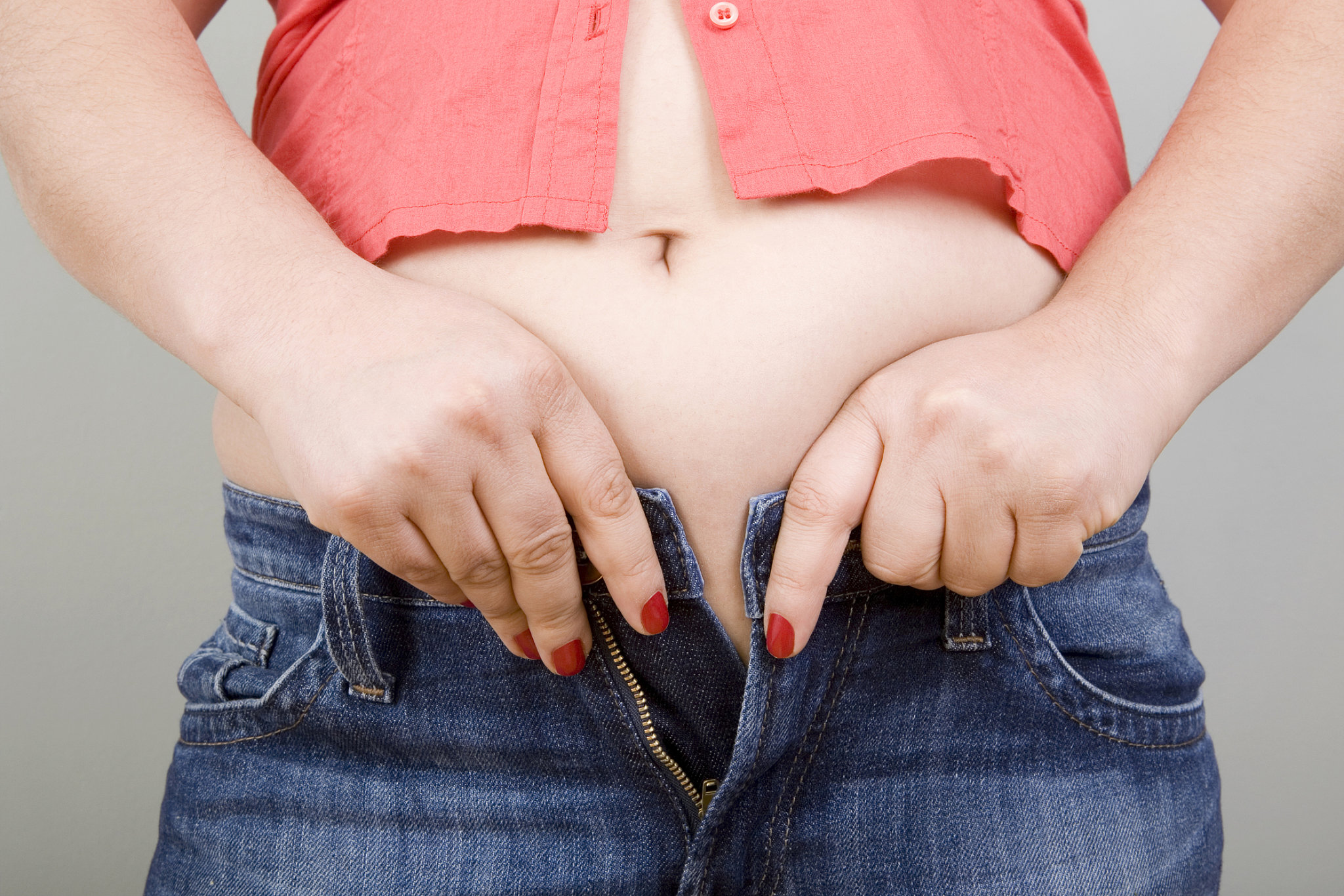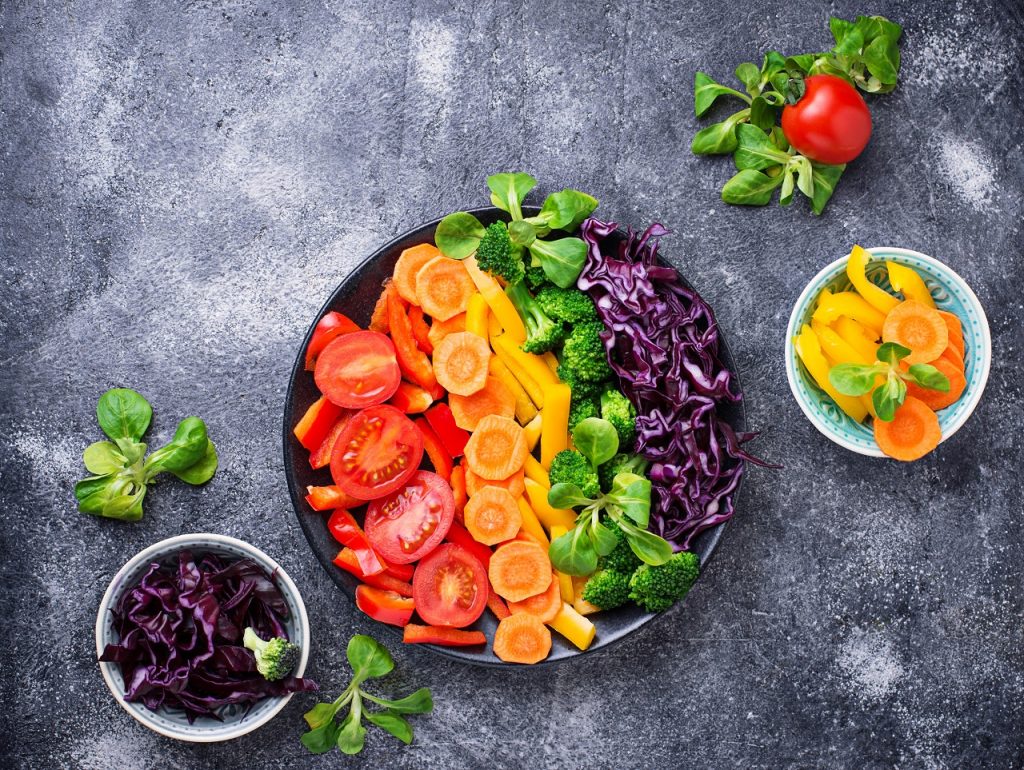
In the previous article, we addressed the symptoms and causes of a Leaky Gut. If you have been experiencing any of the symptoms, here’s what you can do to heal your gut!
Ways to Heal a Leaky Gut
One of the best ways to heal a Leaky Gut is to consume a healthy, well-balanced diet with optimum nutrition. The process includes:
- Remove: Excluding the toxic and inflammatory foods as it causes the gut to become leaky and adding good and healthy nutrients that will result in healing the gut. Remove products which affect the environment of the gut negatively.
- Replace: For appropriate digestion and absorption, including important healthy nutrients for proper break-down and absorption of the nutrients i.e. digestive enzymes, HCL (Hydrochloric Acid) and bile acids.
- Reinoculate: It is quite difficult to restore the important bacteria to improve the good gut bacteria.
- Repair: It is important to provide essential nutrients for the gut to be restored. To revive the lining of the gut wall it is important to consume L-Glutamine supplement.
Necessary Dietary Modifications
Listed below are a few ways in which you can heal a leaky gut, improve gut health as well as good gut bacteria.
- Reduce the Intake of Refined Carbohydrates: Harmful Bacteria grow more when there is an excess intake of sugar and can harm the gut barrier function. Avoid unhealthy, processed, junk and fried foods.
- Include Probiotic Supplements: This helps improve the beneficial gut bacteria. Probiotics include curd, buttermilk, and probiotic supplements.
- Eat Fermented Foods: Fermented foods such as yogurt, kimchi, saukerkraut, kefir and kombucha, help improve gut bacteria.
- Include Plenty of High Fiber Foods: This includes fruits, vegetables, legumes and whole-grains that feed the beneficial bacteria.
- Reduce the intake of alcohol and Quit Smoking
- Avoid or reduce stress
Common Questions Asked
How long does it take to heal a Leaky Gut?
To get an idea about this question, we need to go down to the cellular level. 300 square meters is the surface area of the gut. The enterocytes are the lining cells of the gut that keep reviving/restoring in a gut which is normal and healthy. A new lining of the gut is seen every two to three weeks. For those individuals who do not have any medical disease or conditions, studies prove that that gut-healing might take around 2-12 weeks (higher range may-be for those who have other medical conditions).
In another study by Harvard published in the Medical Journal Nature, states that those who are keen on healing their gut majorly have an underlying cause as an issue will take a longer time to heal by making it more complex and slow i.e. like a journey.
In-case whenever you decide to change your time in terms of diet and lifestyle, that restores the gut functioning, skin gets clearer, energy increases, bloating reduces, loss of weight, betterment in the conditions like eczema, asthma, allergies, migraine, depression, eagerness/anxiety, auto-immune disease and much more. This again varies depending on several factors/causes.
How do I know my Gut is repaired?
There are a few signs which indicate that the gut is fully repaired. Firstly, you’d want to check whether your gut has healed completely or not. This can be analysed via the symptoms that you experience. Below are a few points which should help you analyse:
- Digestive Issues, food sensitivity vanish/fade away along with skin issues
- Auto-immunity lab markers improve, returning to optimal self (quality of life improves)
- Your energy and stamina return
- Improved mood
- You came back to proper weight.
You can also check it through a spectrum, with one side being no inflammation & healthy balanced gut with no symptoms and other end being leaky gut with several symptoms.
Even if the gut is repaired, it could have its draw-backs where you need to work to get back to normal health. Be calm and firm on following your gut-healthy protocol. It will not only help you get your health back on track but it will improve your quality of life as well!
We hope this article helps you make the necessary changes and heal. Do share it and leave your thoughts in the comments below. You can find more articles like this on Gut Health here. If you want expert advice or further guidance on improving digestive or gut health, speak to a GOQii Coach by subscribing for Personalised Health Coaching here.
#BeTheForce

 Here are some effective strategies to lose belly fat and improve overall health:
Here are some effective strategies to lose belly fat and improve overall health:



